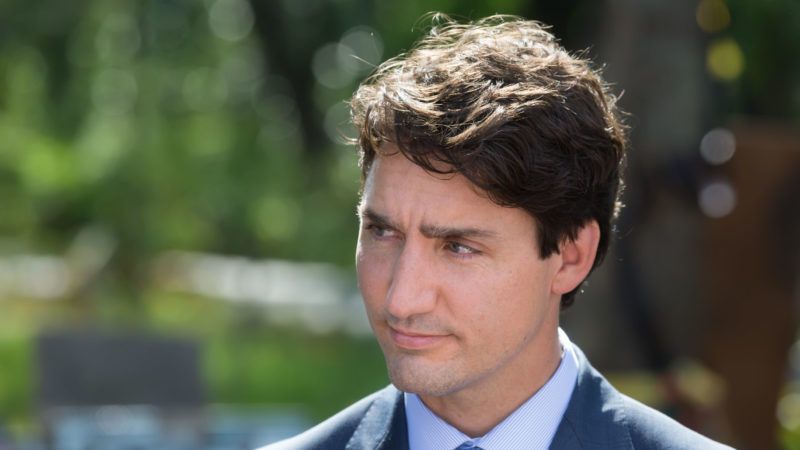Canada Bans 'Assault Weapons' by Executive Order
Such bans have already proven to be essentially valueless for crime-fighting.

In response to a 22-victim shooting spree in Canada last month, Prime Minister Justin Trudeau has announced that he will—via executive order, with no new law required or requested—ban the ownership and sale of several guns he categorizes as "assault weapons."
The Canadian Globe and Mail has a list of some of the specific weapons affected, and it describes the generic qualities of weapons that Trudeau intends to bar from his country. (As is usually the case with assault weapon bans, most of the characterstics are cosmetic.) According to the paper's estimates, more than 130,000 such guns are currently owned legally in Canada.
Trudeau also intends to buy back banned weapons from their owners. That will require legislation, so the specifics aren't in place yet. The government thinks it will cost them $250 million, though the Canadian Sporting Arms and Ammunition Association believes it will be a lot more than that. The Globe and Mail quotes anonymous officials saying some grandfathering provisions will probably allow Canadians to keep some of the weapons.
Trudeau make the familiar claim that these "weapons were designed for one purpose and one purpose only: to kill the largest number of people in the shortest amount of time." This is almost laughably false, as the vast majority of people who own them in fact have never used them for the purpose of killing anyone, much less "the largest number of people in the shortest amount of time."
A U.S. assault-weapon ban was in place from 1994 to 2004, though it did not try to sweep up the guns already in circulation. As The New York Times has reported, it had no noticeable positive effect on American public safety. (Yes, that includes its impact, or rather its failure to have an impact, on mass shootings.) Such weapons' role in murder and crime is tiny, both in the U.S. (where shotguns and rifles of any kind, not just "assault weapons," are used in only 4 percent of murders) and Canada (where the larger category of non-sawed-off rifles and shotguns were used in 2018 in only 8 percent of murders)
About 25 percent of Canadian households possess guns, with about 3 million civilians between them possessing more than 7 million weapons, according to Canada's Department of Justice. A preponderence of the weapons are found in rural areas, and 95 percent of households who own any gun own a long gun, the larger category of which the "assault weapon" is a subset.
Bonus link: Jacob Sullum debunked the idea that "assault weapons" pose a special danger in a June 2018 feature for Reason.


Show Comments (122)